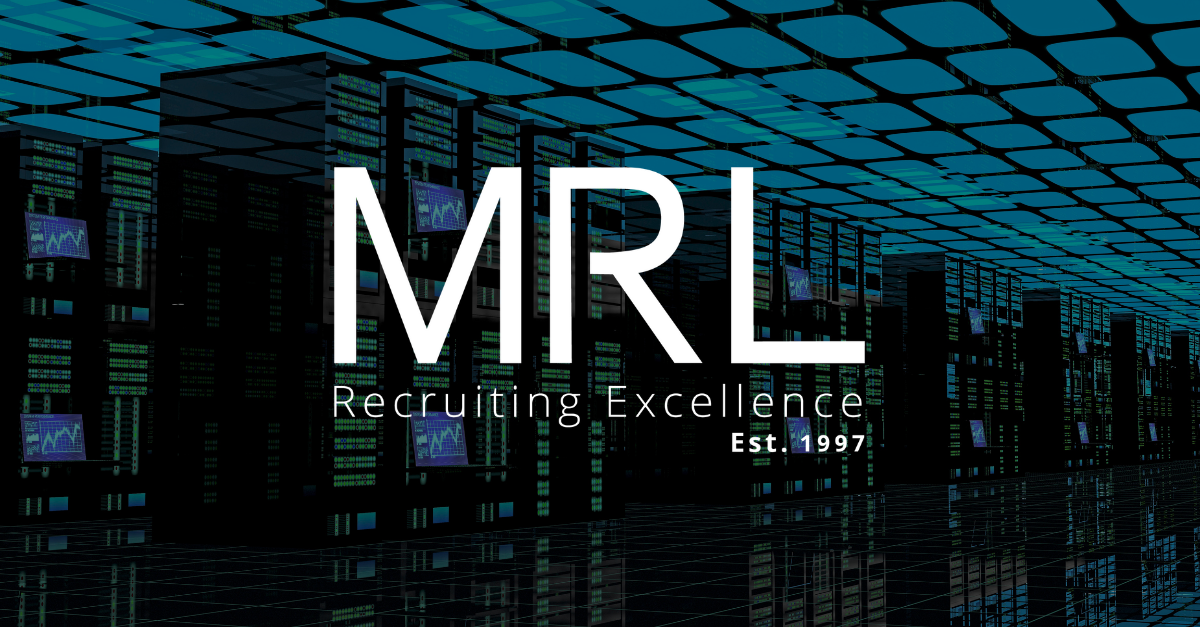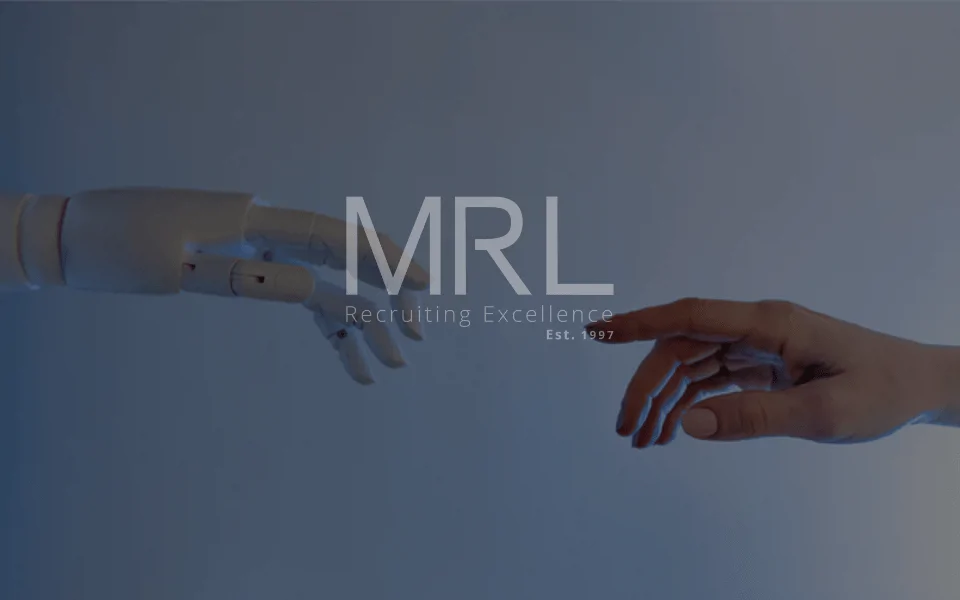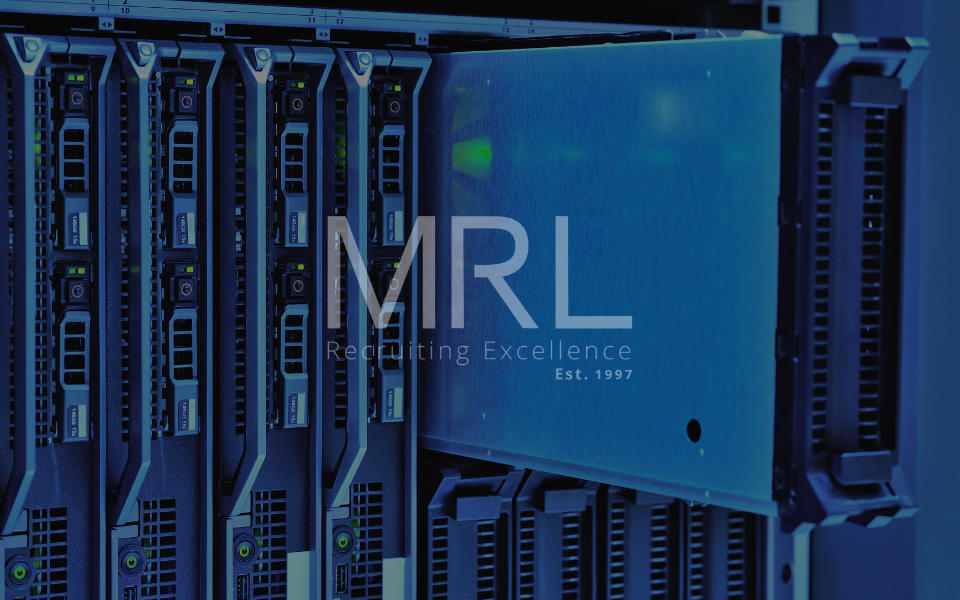What makes green data centers the next big thing?
31 Jul, 20235 minutesIn recent years, there has been an increasing focus on sustainability and reducing carbon em...

In recent years, there has been an increasing focus on sustainability and reducing carbon emissions. This trend is no different in the tech industry, specifically with data centers. As the demand for data storage and processing continues to grow, so does the need for energy-efficient and environmentally friendly data centers.
This is where green data centers come into play, as they have been identified as the next big thing in the industry. But what exactly is a green (or sustainable) data center, are they beneficial, and is it really possible to make these data storage houses more sustainable? Find out all this and more below.
What is a green data center?
Before delving into the benefits of green data centers, it's important to first define what they are. A green data center is a facility that is designed to minimize its environmental impact while maintaining the high level of computing power required to store and process data. These facilities use energy-efficient technologies and renewable energy sources to reduce their carbon footprint.
Green data centers are becoming increasingly popular due to the growing concern for climate change and the need for sustainable practices in every industry. Traditionally, the data center industry has been known for its high energy consumption, which results in high carbon emissions. This is not sustainable in the long run, and the adoption of sustainable data centers is a step in the right direction toward a more sustainable future.
How are data centers going green?
To become a green data center, various measures need to be taken to reduce energy consumption and carbon emissions. One of the ways to achieve this is by using renewable energy sources such as solar, wind, or hydropower. By using renewable energy sources, green data centers can significantly reduce their carbon footprint.
Another way to go green is by implementing energy-efficient technologies such as virtualization, which enables multiple applications to run on a single server. This reduces the need for physical servers, which in turn reduces the amount of energy required to power and cool them. Additionally, data centers can utilize technologies such as liquid cooling, which uses water instead of air to cool servers, thereby reducing energy consumption.
Data centers can also improve their energy efficiency by optimizing their infrastructure and implementing energy-efficient hardware. For instance, using solid-state drives (SSDs) instead of hard disk drives (HDDs) can significantly reduce energy consumption. SSDs have no moving parts, which makes them faster and more energy-efficient than HDDs.
What are the benefits of green data centers?
There are numerous benefits to adopting green data centers, including:
1. Reduced energy consumption
Sustainable data centers use energy-efficient technologies and renewable energy sources to significantly reduce energy consumption. This results in lower energy bills and a reduced carbon footprint.
2. Cost savings
By reducing energy consumption and optimizing their infrastructure, green data centers can save money on energy bills and maintenance costs. This makes them a more cost-effective solution in the long run.
3. Improved reliability
Green data centers are designed with redundancy and failover mechanisms to ensure maximum uptime and reliability. This ensures that data is always available when needed.
4. Increased scalability
Green data centers can easily scale up or down depending on the needs of the organization. This ensures that the data center can grow with the organization, providing a more scalable solution.
5. Positive impact on the environment
Green data centers have a significantly reduced carbon footprint, making them a more environmentally friendly solution. By adopting green data centers, organizations can reduce their impact on the environment and contribute to a more sustainable future.
Challenges of adopting green data centers
While there are numerous benefits to adopting sustainable data centers, there are also challenges that organizations need to overcome. One of the biggest being the cost implications of implementing green technologies.
Green data centers require significant upfront investments to build and operate, which can be a barrier to entry for some organizations. Additionally, organizations may face resistance to change from employees who are used to traditional data center designs and processes.
Another challenge is implementation. Adopting green technologies can require significant changes to infrastructure and processes, which can be difficult and time-consuming. For example, implementing liquid cooling requires plumbing and electrical work to be done in the data center, which can be disruptive and costly.
However, these challenges can be overcome with the right strategies and approaches. Organizations can work with vendors and partners to identify cost-effective solutions and create a roadmap for implementation. Additionally, internal education and training can help employees adapt to new technologies and processes.
Case studies of successful green data centers
Several large tech companies have already embraced green data centers with great success. For example, Google has been a leader in sustainable data center adoption for over a decade and is now carbon-neutral. The company operates the greenest global cloud in the industry by matching its energy usage with purchased renewable energy. It has achieved a power usage effectiveness (PUE) of 1.1, which is significantly lower than the industry average of around 1.55. Google has achieved this by using technologies such as machine learning to optimize energy consumption and improve efficiency.
Future of green data centers
The future of green data centers is bright, with growth projections showing a significant increase in adoption in the coming years. Emerging technologies such as AI, edge computing, and 5G networks will play a significant role in the growth of sustainable data centers. For example, AI can be used to optimize energy consumption and improve efficiency, while edge computing can reduce the need for large centralized data centers.
Government policies and incentives will also play a crucial role in driving adoption. For example, some countries offer tax incentives and subsidies for organizations that adopt green technologies. Additionally, regulations and standards such as LEED certification can encourage organizations to adopt sustainable practices.
Are green data centers the next big thing in tech?
As organizations become more environmentally conscious and seek sustainable solutions, the adoption of green data centers will become increasingly popular. By using renewable energy sources, implementing energy-efficient technologies, and optimizing their infrastructure, sustainable data centers can significantly reduce energy consumption, lower costs, improve reliability, increase scalability, and have a positive impact on the environment. It's time for organizations to take a step toward a more sustainable future and embrace environmentally-friendly data centers.
If you want to get in touch with one of our Data Center Specialists about roles or the next step in your career, then please get in touch here.





